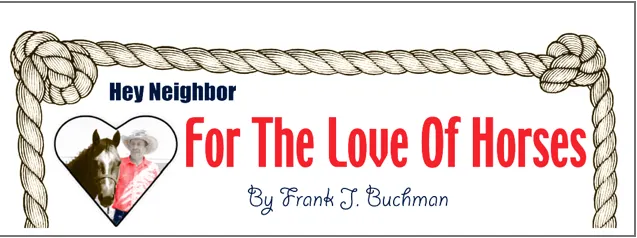Strangles is a highly contagious upper respiratory tract infection in horses, donkeys and ponies of all ages, breed, and sex.
“The bacteria often infect lymph nodes around the jaw, causing them to become swollen,” said equine veterinarian Dr. Reese Hand.
In severe cases they can become so swollen that horses struggle to breathe properly, hence the name strangles.
“The disease spreads quickly through direct horse to horse contact or indirectly through tack, water and clothing,” Hand warned. The bacteria can survive in water for up to four weeks.
Signs of strangles can vary enormously between cases. “Some horses only exhibit mild signs like nasal discharge,” Hand said.
Other signs are depression, loss of appetite, difficulty eating, raised temperature, cough, swollen throat, and drainage of pus from jaw.
Incubation period between infection and clinical signs is between three and 14 days.
“Most horses will recover fully within six weeks, but infected horses must be isolated,” Hand said. “However, roughly 10-percent of horses will remain carriers of the disease at this point.”
This means that they will no longer show clinical signs, but they still harbor the bacteria in their guttural pouches. “They can intermittently spread the disease to other horses,” Hand said.
In about 1-percent of cases, abscesses will develop within other body organs. “This is known as ‘bastard strangles’ and can be fatal,” Hand pointed out.
Another rare, but potentially life-threatening complication of strangles is around the limbs and the head. “This accumulation of fluid can become so severe that there is circulatory collapse and death,” Hand said.
Sometimes strangles can be diagnosed on clinical signs alone but often a “swab” is required for confirmation.
“This is taken from the throat by passing the swab up the horse’s nose,” Hand explained. “Alternatively, blood test from the horse identifies not only infected horses but also carriers and those that have been exposed.”
Guttural pouch endoscopy is another form of diagnosis during which samples can be taken for testing.
Mainstay of treatment for strangles is supportive care. This involves treatment such as anti-inflammatory medication for raised temperature and it also makes horses feel well enough to eat.
Feeding wet food from a lower-level feeder makes it easier for infected horses to swallow and encourages abscesses to drainage. “Hot compressing abscesses will help bring them to the surface, allowing them to rupture,” Hand added.
“Occasionally veterinarians will treat infected horses with a course of antibiotics, but this depends on the individual case,” Hand said.
Treatment for carriers involves removal of dried pus from guttural pouches via endoscopy and topical antibiotics within the guttural pouches.
“There is also a vaccine available to be injected inside the upper lip for at risk horses,” Hand said.
Preventive steps head off a strangles outbreak before it ever happens.
“Have a clean environment,” Hand said. “When going to a competition environment, try to keep the area clean from other horses and their secretions.”
At a boarding facility, new horses should be isolated to make sure they don’t show clinical signs. “It’s also a good idea to test the horses for strangles,” Hand recommended
Disinfecting trailers that have brought new horses onto a farm or have returned from a show is also a good practice.
“The bacteria can spread through shared pitchfork, rakes, and that type of equipment,” Hand said. Horses showing any signs of illness should have their own dedicated equipment.
Another good practice is to combat continuing wetness. “Dry everything to prevent the bacteria from hiding in damp places like the wash racks or stall corners,” Hand said.
CUTLINES
Strangles spreads quickly through direct horse to horse contact or indirectly through tack, water, and clothing.
Signs of strangles can vary enormously between cases, but one common indication is a nasal discharge.





